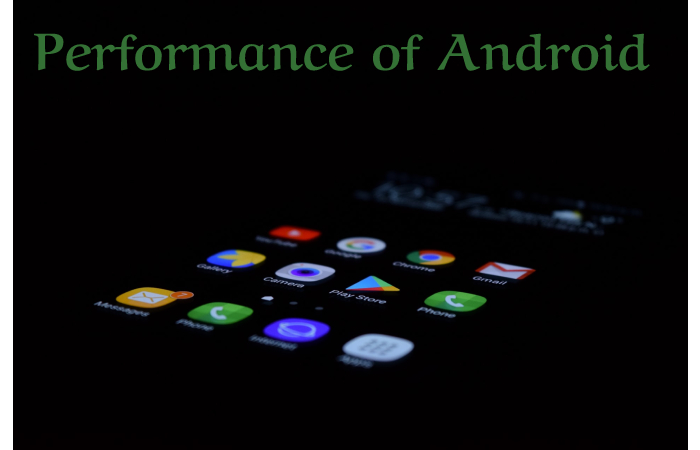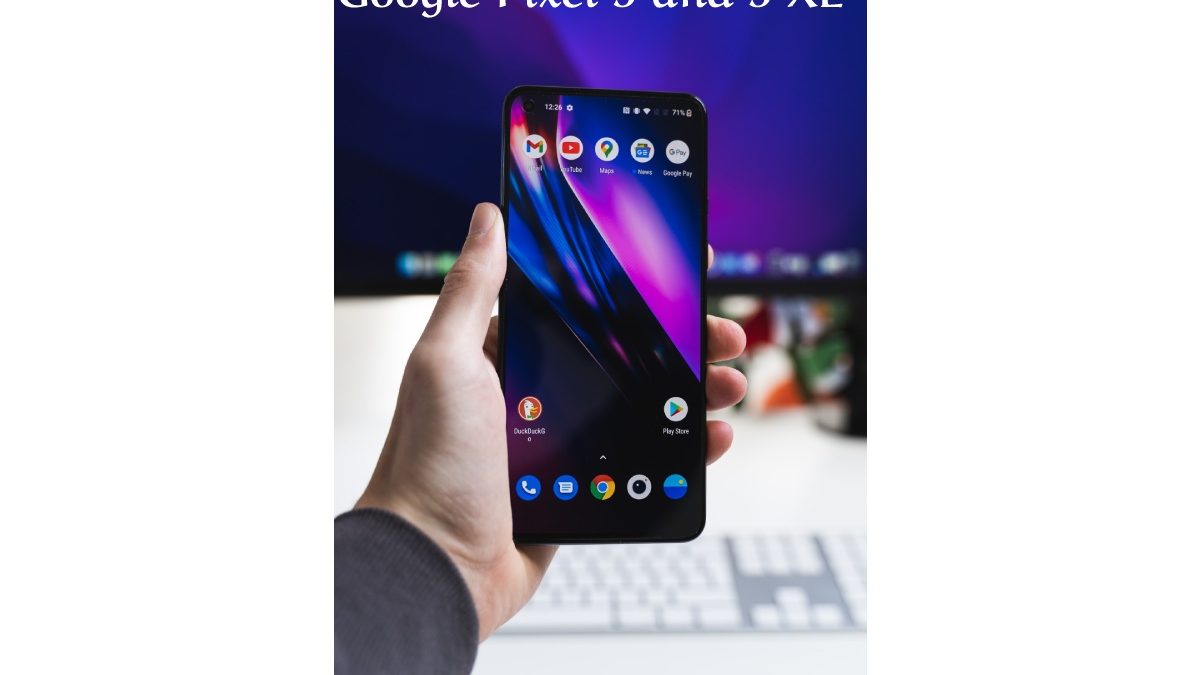The Google Pixel 3 and 3 XL has an identical photographic camera, dual front-facing speakers, Snapdragon 845 chipset, also 4GB of RAM as the fits-in-one-hand Google Pel 3. But the XL version has Control over its smaller genealogical with a bigger 6.3-inch bezel-reduced OLED screen beside a higher-capacity 3,430mAh battery.
Table of Contents
With the Pixel Line, Google is Essentially making the Android Equivalent of the iPhone.
The price of the Pixel 3 might seem outrageous given its position in the high-end hardware spectrum. You’re not buying a BOM with the Pixel line, and you believe in a camera first and great software second. The Pixel 3 on Tartlet is the least Android-like Android phone I’ve ever seen. But it makes a compelling reason why it’s the way forward. It is a review of the Pixel 3 and Pixel 3 XL.
About this Google Pixel 3 review: I, Chris Carlon, used the Pixel 3 for eight days at Project Fi in New York. Lan Nguyen has been using the Pixel 3 XL for the same time on the T-Mobile net in Kansas City. Both strategies run Android 9 Pie with build number PD1A.180720.030 and the September 5 security cover. GoogleGoogle Pixel 5a – Description, Box Contents, Design, and More has temporarily granted both devices Android Authority. After putting both devices through a full suite of lab tests with the final software release, we will add review results.
Design of Google Pixel 3 and 3XL
The Pixel 3 then Pixel 3 XL are arguably the most beautiful smartphones Google has ever made. If the original Pixel hardware was junk and the Pixel 2 hardware looked dated even at launch, the Pixel 3 feels more like a modern product.
The phone is still heavily drenched in Pixel DNA, with a two-tone back, a single camera lens, and a recognizable yet unfussy design. The transition to an all-glass back is excellent, with a soft-touch matte finish on the bottom of the Gorilla Glass 5 . Wireless charging is now possible, and fingerprints are much less of an issue. Gorilla Glass 5 also covers the display.
The Changes are Minor, But the New Phones Feel More Best than Earlier Pixels.
The blockish edges of the Pixel 2 phones are gone, replaced by rounded aluminium rails. The lesser Pixel 3 is five grams heavier than the Pixel 2, and this year’s XL model ponders nine grams more than last year’s version. Even aside from the slight increase in weight, the design of the new phones feels more premium than previous Pixels.
The single SIM tray is now on the bottom of the phone, next to a USB Type-C charging port with USB 3.1 and Power Delivery 2.0 support. The right side houses the volume besides power buttons, the latter of which has a colour accent on all but the black Pixel. There is nothing else around the edges except for a microphone with holes at the top. Active Edge is back on, so you can squeeze your Pixel 3 to bring up Google Assistant. The haptics of the Pixel 3 is also top-notch, just like the iPhone. In terms of colour options, you have White, Just Black, and Not Pink.
Display of Google Pixel 3 and 3XL
The display is arguably the most controversial design aspect of the new Pixel phones, with the larger Pixel 3 XL featuring the most appallingly large notch ever made. He is huge, ugly and intrusive. If you managed to eventually get past the mark on other phones like most of us, you should be able to do it here, but it will take some time.
If having a notch means you won’t be buying a phone, you’ll be pleased to know that the smaller Pixel 3 doesn’t have one. Aside from the smaller screen and battery, the smaller Pixel 3 is identical to the larger 3 XL.
Luckily, Google has promised to provide an official option to hide the mark in the following software patch. In the period in-between, you can use a setting in the developer options to mask it (notifications will appear under filled areas).
Anyway, The Solution is Inconvenient:
- Accept the label. You will barely have enough space for notifications or status bar icons.
- Use developer options to hide it, and your icons will be pushed down, which means space will be wasted.
- Wait for a Google fix that will cause the same issue as above, only on a black contextual.
The Pixel 3 consumes a 5.5-inch Full HD+ P-OLED parade with an 18:9 aspect ratio and 443 PPI. That’s noticeably larger than a similarly sized Pixel 2 with a 5-inch Full HD AMOLED screen in the traditional 16:9 aspect ratio. Gesture navigation is enabled by default.
The Pixel 3 XL features a 6.3-inch notched QHD+P-OLED display with an 18.5:9 aspect ratio and 523 PPI. The Pixel 2 XL already had a QHD+ resolution P-OLED panel with a newer 18:9 aspect ratio, but it was only six inches diagonally and didn’t have a notch.
The P-OLED displays on both are great. We haven’t seen any evidence of the blue shift that has ruined the Pixel 2 XL, and they are very close in quality to each other. We noticed a minimal difference in colour temperature, but the difference is minimal.
The New P-OLED Displays are Great, and We haven’t Seen any Evidence of the Issues that have Ruined the Pixel 2 XL.
You can adjust the colour saturation level in the settings, but all new Pixels come with what Google calls adaptive display enabled by default. The adaptive parade is the most saturated of the three options, but it does its best not to oversaturate skin tones.
The new pixels have HDR sustenance with UHDA certification. They have a contrast ratio of 100,000:1, covering 100 per cent of the DCI-P3 colour space (which supports a wider colour gamut than sRGB) for full 24-bit depth.
Display brightness is a concern, at just over 400 nits. You almost always need to set the screen to 100 per cent to guarantee legibility in daylight outdoors. The Pixel 3’s slider doesn’t seem bright until you’re past 50 per cent, and 80 per cent is the minimum we’d recommend on the outside. Of course, this means battery life will be reduced if you’re outdoors a lot. More on this later.
Equipment of Google Pixel 3 and 3XL
On both phones, you’ll find front-facing stereo speakers. They are different sizes on the Pixel 3 XL, but on the Pixel 3, they are similar. The speaker below the display is extra powerful, making the stereo sound crooked. The speakers get pretty loud, but the sound is flat, lacking bass, and still distorts at higher volumes. As with utmost smartphones, I wouldn’t recommend maxing them out if you enjoy music.
Performance

4GB of RAM will be a projecting point for many, but I didn’t notice any issues in my week with the Pixel 3. In contrast, the Pixel 3 is arguably the smoothest, fattest Android phone I’ve ever used.
Google doesn’t need a lot of RAM to keep Android running smoothly on a Pixel phone. Having 4GB of RAM might be problematic in two years, but everything is ready to go smoothly and reliably. The Pixel 3’s touch response is balanced with the iPhone and better than a Samsung before LG phone.
Software
Downtime is attractive, and an increasingly important part of the smartphone experience, and both Apple and Google are striving for a better balance between phone and life. In Android Pie, it’s called Digital Wellbeing, and it’s important enough to earn its spot in the settings menu.
It should help you monitor and limit app activity with timers and overuse reminders. It almost feels like using the app is like a game. And you have to stick to your limits to reap the benefits. However, for those seeking change, this is a welcome addition. When your app’s time limit expires, the icon will turn grey. And you won’t be able to access it until the next day unless you go into settings and change your time limit.
Battery
As usual, battery life is a downside to the Pixel 3. The smaller Pixel 3 has a larger battery – ranging from 2700mAh in the Pixel 2 to 2915mAh in the Pixel 3 – and a slightly smaller battery in the Pixel 3 XL – from 3520mAh in the Pixel 2 XL up to 3430 mAh. Either way, none of them will knock you off your feet.
Also Read: What is NFT? – Characteristic, Work, Examples, and More

